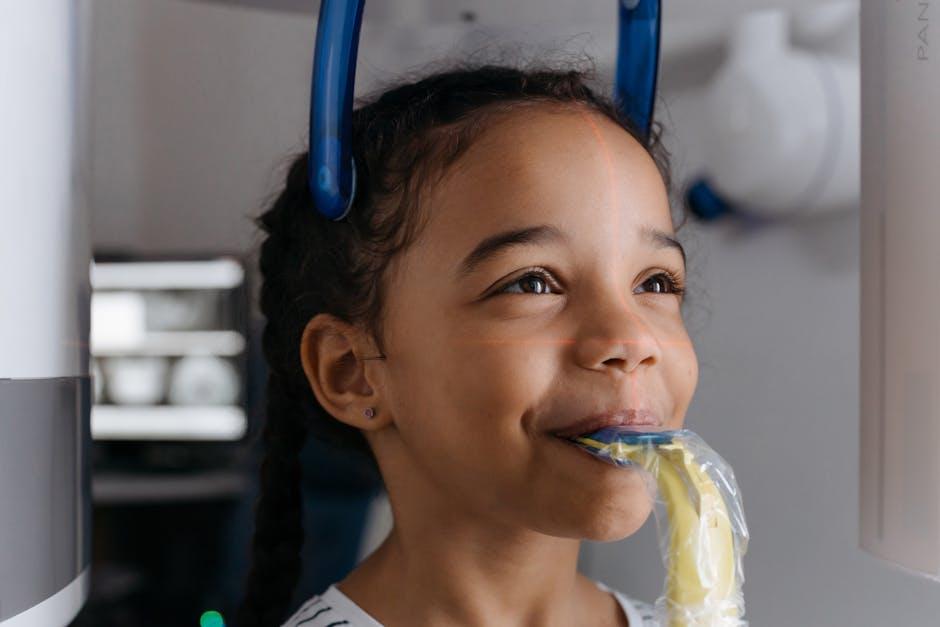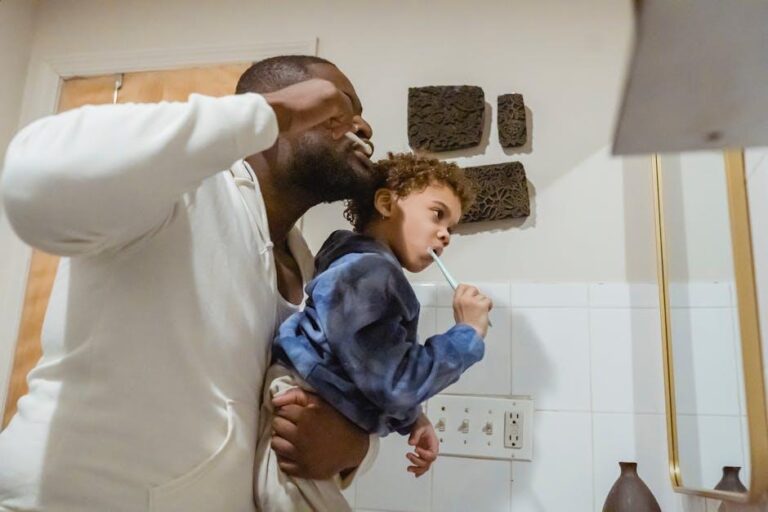
Understanding the Relationship Between Children’s Oral Health Utilization and Parent’s Use of Healthcare Services – Frontiers
Oral health in children is a fundamental component of their overall well-being, influencing not only physical health but also social and emotional development. Yet, children’s utilization of oral healthcare services often hinges significantly on their parents’ patterns of healthcare behavior. This article unpacks the intricate relationship between children’s oral health service usage and their parents’ healthcare service utilization, shedding light on the variables affecting family health habits and offering actionable insights backed by recent studies from Frontiers and other reputable sources.
Why Children’s Oral Health Utilization Matters
Children’s oral health utilization refers to how frequently and effectively children receive dental care, including routine check-ups, preventative care, and treatment. Early and consistent oral health care can prevent many chronic issues such as cavities, gum disease, and infections, which can have lifelong consequences if untreated.
- Improves overall health and reduces risk of systemic diseases
- Enhances speech, chewing, and nutrition
- Promotes self-esteem and social confidence by maintaining a healthy smile
- Lowers healthcare costs through prevention rather than treatment
The Parent-Child Healthcare Utilization Connection
Recent research from Frontiers in Public Health and related journals emphasizes that a child’s likelihood of visiting the dentist regularly is strongly linked to their parents’ own healthcare behavior patterns. Here are key facets of this connection:
1. Parental Modeling and Health Attitudes
Parents who regularly attend medical and dental appointments tend to model positive health habits for their children. They are also more aware of the importance of oral health screenings, leading them to prioritize dental visits for their children.
2. Healthcare Access and Insurance Coverage
Families with consistent access to healthcare services and comprehensive insurance plans tend to show higher utilization rates—for both parents and children. Financial and logistical accessibility often predicts the likelihood of regular check-ups.
3. Knowledge and Health Literacy
Parents with better health literacy about oral health and preventive care are more proactive in seeking dental care services for their children. Education campaigns aimed at parents have proven beneficial in lifting oral health utilization rates among children.
Research Insights: Frontiers’ Contributions
| Study | Findings | Implications |
|---|---|---|
| Frontiers in Public Health (2023) | Parental regular healthcare visits increased children’s dental service uptake by 40% | Emphasizes promoting family-wide healthcare adherence |
| Frontiers in Pediatrics (2022) | Parental health literacy positively affected children’s oral health outcomes | Supports targeted parent education programs |
| Frontiers in Dentistry (2023) | Insurance coverage was a determinant factor for both parent and child visits | Highlights the importance of healthcare policy improvements |
Benefits of Understanding This Relationship
Recognizing how parents’ healthcare utilization influences their children’s oral health service use offers various benefits:
- Family-Centric Care: Encourages healthcare providers to adopt a holistic approach targeting both children and their parents.
- Improved Preventive Outcomes: Better utilization leads to early detection and management of oral health issues.
- Reduced Health Disparities: Tailored interventions can close gaps in underserved and high-risk groups.
Practical Tips for Parents to Enhance Children’s Oral Health Utilization
Parents can play a crucial role by adopting and promoting good healthcare habits. Here are practical tips that help foster consistent oral care for children:
- Schedule Family Check-ups: Combine dental visits with regular medical check-ups to normalize healthcare for the whole family.
- Educate Yourself: Use reliable websites, community programs, and healthcare providers to learn about oral health importance.
- Maintain Dental Hygiene Routines: Encourage daily brushing and flossing, creating a positive oral health environment.
- Utilize Insurance Benefits: Ensure your family is covered and aware of dental benefits included in health insurance plans.
- Communicate with Healthcare Providers: Ask questions and seek advice on preventive measures during appointments.
Case Study: The Smith Family’s Journey Toward Healthier Smiles
The Smith family, living in an urban community with moderate access to healthcare, struggled with inconsistent dental visits for their two children. After the parents began participating in regular medical and dental visits themselves, they noticed a positive shift:
- Children began attending semi-annual dental check-ups.
- Oral health education from pediatricians motivated parents to encourage brushing and flossing.
- Overall health improved—fewer toothaches and missed school days.
This example demonstrates the ripple effect parental healthcare behavior can have on children’s oral health outcomes.
Conclusion
The interplay between children’s oral health utilization and their parents’ use of healthcare services is a decisive factor in shaping healthy futures. By understanding this relationship, parents, healthcare practitioners, and policymakers can collaborate to foster a family-centered, preventive care culture that enhances access, education, and healthcare habits. The evidence clearly indicates that when parents prioritize their healthcare, children are more likely to benefit from consistent oral health services—a key to lifelong wellness.
To secure your child’s bright smile and robust health, start by embracing a proactive healthcare routine for yourself. The whole family benefits!


